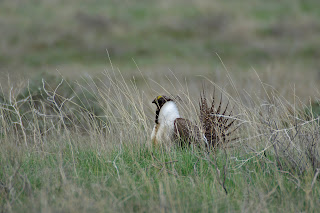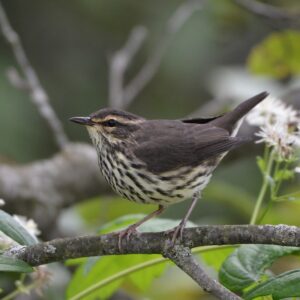Emergency Summit: Is it Game Over for the Sage-Grouse in Canada?
 |
| Greater Sage-Grouse, courtesy Christyann Olson |
In 2011, just 13 male greater sage‐grouse (Centrocercus urophasianus) were recorded on “leks” in Alberta. Next door, in Saskatchewan, there were only 35. These numbers represent a greater than 95 percent decline since 1968 — a decline that has continued unchecked despite official designations on provincial and federal species at risk lists.
The reasons for the collapse of greater sage‐grouse populations are well known by scientists and governments, as is what’s needed to reverse the declines. Yet, as an iconic bird species is poised to disappear forever from Canada, two things are quite clear:
1) current efforts are failing to prevent the extirpation of the greater sage‐grouse and protect its habitat
2) there is an urgent need for immediate action and substantive measures if the imminent extirpation of the greater sage‐grouse from Canada is to be prevented.
A panel of scientists and conservation organizations, including Nature Canada, held an emergency summit on the future of greater sage‐grouse in Canada on September 7 and 8, in Calgary. The sense of urgency was palpable, and the desire to spark action was strong.
A public communiqué was issued at the end of the summit, signed by more than a dozen scientists and conservation groups from Canada and the United States. You can read the whole thing on our web site. Here, though, is a partial list of the actions that must occur to save the sage grouse:
- Designate additional critical habitat as identified on proposed critical habitat maps produced in 2010.
- No new developments in critical greater sage‐grouse habitat. Major concerns are regarding prolonged or expanded industrial development and associated activities in and around critical habitat.
- Restore existing critical habitat, including removal of industrial infrastructure.
- To allow for future recovery, previously occupied range outside current critical habitat must be restored to functionality suitable for greater sage‐grouse.
- Any new development outside of critical habitat but within the identified zone of influence (15 kilometres) must not contribute to the disturbance of the species or destruction of critical habitat.



